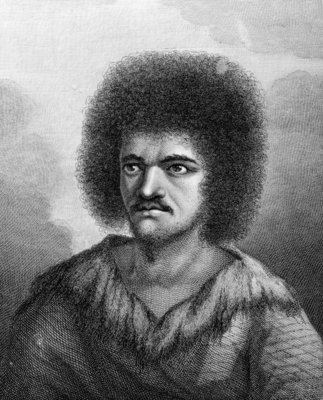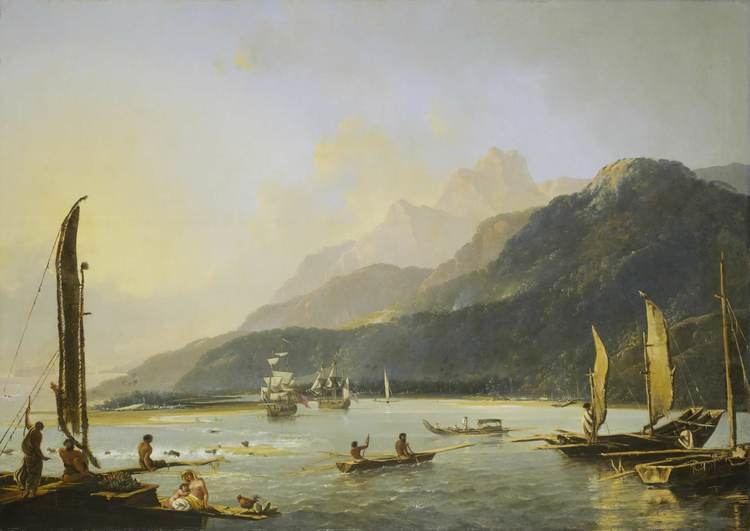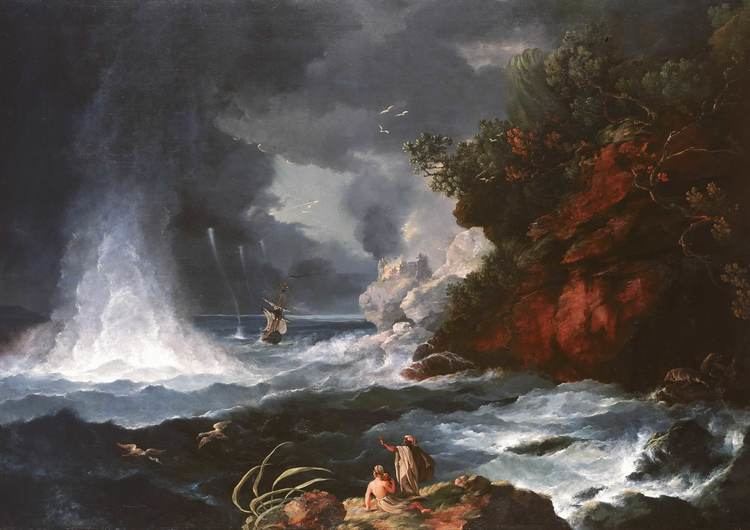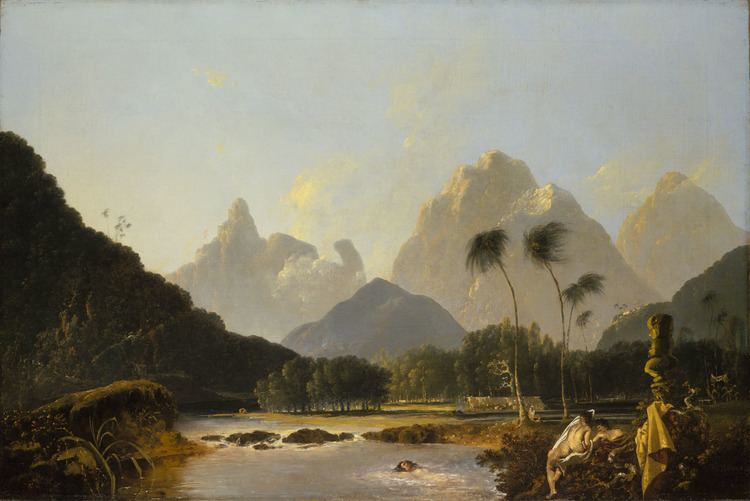Name William Hodges | ||
 | ||
Artwork The Effects of Peace | ||
Lindsay matway and william hodges wedding 2012
William Hodges RA (28 October 1744 – 6 March 1797) was an English painter. He was a member of James Cook's second voyage to the Pacific Ocean, and is best known for the sketches and paintings of locations he visited on that voyage, including Table Bay, Tahiti, Easter Island, and the Antarctic.
Contents
- Lindsay matway and william hodges wedding 2012
- William Hodges Mid South Sign Association
- Biography
- References

William Hodges Mid South Sign Association
Biography

Hodges was born on 28 October 1744 in London. He studied under William Shipley, and afterwards in the studio of Richard Wilson, where he met Thomas Jones.

During his early career, he made a living by painting theatrical scenery.

Between 1772 and 1775 Hodges accompanied James Cook to the Pacific as the expedition's artist. Many of his sketches and wash paintings were adapted as engravings in the original published edition of Cook's journals from the voyage.
Most of the large-scale landscape oil paintings from his Pacific travels for which Hodges is best known were finished after his return to London; he received a salary from the Admiralty for the purposes of completing them. These paintings depicted a stronger light and shadow than had been usual in European landscape tradition. Contemporary art critics complained that his use of light and colour contrasts gave his paintings a rough and unfinished appearance.
Hodges also produced many valuable portrait sketches of Pacific islanders and scenes from the voyage involving members of the expedition.
In 1778, under the patronage of Warren Hastings, Hodges travelled to India, one of the first British professional landscape painters to visit that country. He remained there for six years, staying in Lucknow with Claude Martin in 1783. His painting of "Futtypoor Sicri" is in Sir John Soane's Museum.
Later Hodges travelled across Europe, including a visit to St. Petersburg in Russia in 1790.
In 1793 Hodges published an illustrated book about his travels in India.
In late 1794 Hodges opened an exhibition of his own works in London that included two large paintings called The Effects of Peace and The Effects of War. In late January, 1795, with Britain engaged in the War of the First Coalition against Revolutionary France and feelings running high, the exhibition was visited by Prince Frederick, Duke of York and Albany, the second son of King George III. The Duke took offence at the political nature of Hodges' paintings and ordered the exhibition closed; this royal censure effectively ended Hodges' career as a painter.
Hodges retired to Devon and became involved with a bank, which failed during the banking crisis of March, 1797. On 6 March of that year, he died from what was officially recorded as "gout in the stomach", but which was also rumoured to be suicide from an overdose of laudanum.
Hodges Knoll in Antarctica is named after William Hodges.
